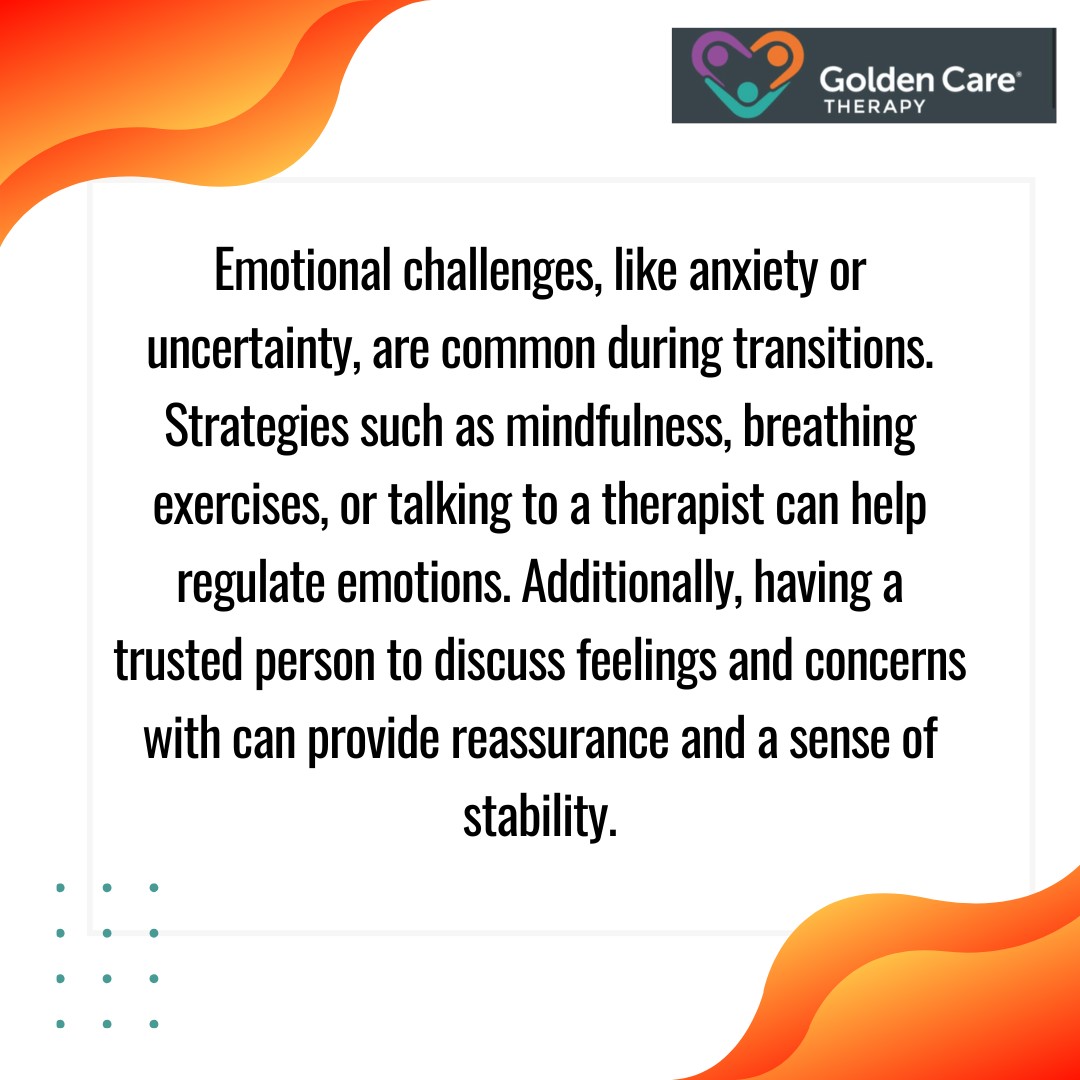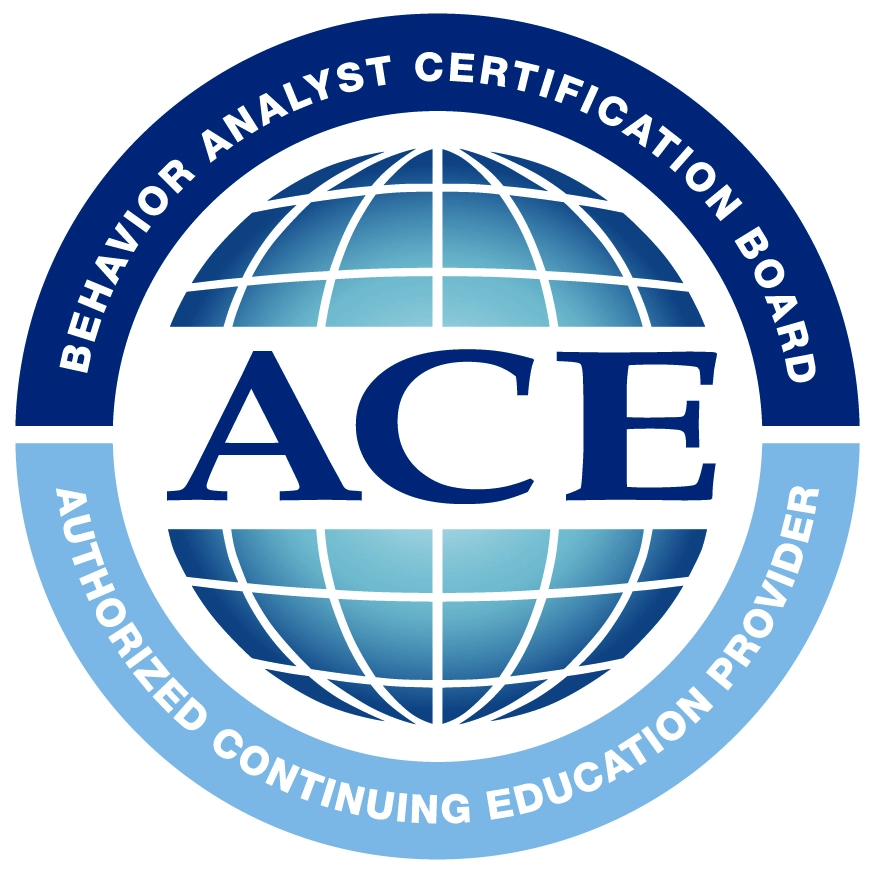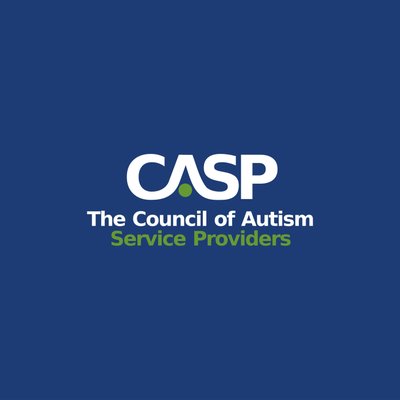Transitions are a natural part of life, whether it’s moving from high school to college, entering the workforce, or adjusting to independent living. For individuals with ASD symptoms, these transitions can present unique challenges that require additional support and strategies.
For adults with autism, these changes can be particularly challenging. Transitions often involve new environments, unfamiliar expectations, and the need to adapt to social and sensory demands, which can feel overwhelming.
However, with thoughtful strategies and support, these transitions can become manageable and even empowering. Without further ado, here are the key strategies that can help make transitions a lot easier for autistic adults:
Prepare for Change Early
One of the most critical aspects of a successful transition is starting the preparation process well in advance.
For adults with autism, sudden changes can be disorienting, so having a plan that outlines the steps ahead is essential. This might involve breaking down the transition into smaller, more digestible milestones.
For example, if an individual is moving into their own apartment, preparation could include practicing daily living skills, like cooking or cleaning, months before the actual move. Visiting the new environment repeatedly before the transition day can also help familiarize them with the new space.
Preparation is not just about learning practical skills; it’s also about emotional readiness. Discussing what to expect, identifying potential challenges, and brainstorming ways to address them can build confidence.
Role-playing scenarios, such as navigating public transportation or interacting with coworkers, can provide a safe space to practice before encountering these situations in real life.
Build a Support Network
Transitions are rarely successful without support, and building a reliable network is essential. This network might include family members, friends, therapists, mentors, or community organizations. These people can provide guidance, encouragement, and assistance when challenges arise.
For example, if the transition involves entering a new workplace, a job coach or workplace mentor can offer specific strategies for managing tasks and navigating workplace dynamics.
Peer support is another valuable resource. Connecting with others who have undergone similar transitions can provide insight and reassurance. Peer groups or social clubs for adults with autism can be an excellent way to build relationships and learn from shared experiences.
These connections remind individuals that they are not alone and can learn from others’ successes and challenges.
Develop Practical Skills
Transitions often require individuals to adopt new skills, and for adults with autism, these skills may need to be explicitly taught.
For example, if the transition involves living independently, practical skills like budgeting, meal planning, and time management are essential. Using tools like visual schedules, reminders, or apps designed for organizations can help manage these responsibilities effectively.
Workplace transitions may demand a different set of skills, such as punctuality, task prioritization, and effective communication. These can be practiced through internships, volunteer work, or supported employment programs before taking on a full-time job.
Offering constructive feedback and positive reinforcement during this learning process can encourage growth and build self-esteem.
It’s important to remember that learning new skills takes time and patience. Setting realistic goals and celebrating small victories can make the process less daunting and more motivating.
Manage Sensory and Emotional Challenges
Many adults with autism face sensory sensitivities or emotional challenges, which can be exacerbated during transitions. Identifying these potential stressors and developing strategies to manage them is key.
For example, if a new environment is overwhelming due to noise or lighting, it may be helpful to use noise-canceling headphones or sunglasses. Creating a sensory-friendly space, such as a quiet room at work or home, can also provide a sanctuary when things feel too intense.

Visual aids, like social stories or visual schedules, can also reduce anxiety by providing a clear outline of what to expect. For instance, a visual guide to the first day at a new job can help demystify the experience and reduce fears about the unknown.
Access Community Resources
Communities often have resources specifically designed to support adults with autism during transitions.
Vocational rehabilitation programs, for example, can help individuals find and maintain employment. Housing support services can assist with securing and adapting to independent living arrangements. Social skills training programs can offer guidance on navigating new relationships and environments.
Educational institutions and workplaces may also provide accommodations to ease transitions. These might include extended time to complete tasks, a mentor to guide the individual, or modified environments to reduce sensory overload.
Being proactive in advocating for these accommodations can make a significant difference in creating a supportive environment.
Nonprofit organizations and autism advocacy groups are another invaluable resource. These organizations often provide workshops, counseling, and peer support opportunities tailored to adults with autism. They can also help connect individuals to government services or financial assistance programs.
Foster Self-Advocacy
A crucial part of any transition is empowering adults with autism to advocate for themselves.
Self-advocacy involves understanding one’s own needs, strengths, and preferences and communicating them effectively. This skill can be developed over time with the help of family members, therapists, or mentors.
For example, teaching an individual to articulate when they need a sensory break at work or to request specific accommodations can make transitions smoother. Encouraging them to participate in decision-making about their future, such as choosing a career path or living arrangement, fosters a sense of ownership and confidence.
Self-advocacy also involves setting boundaries and knowing when to seek help. For adults with autism, recognizing their limits and asking for support when needed can prevent burnout and ensure a healthier, more sustainable transition.

Long-Term Success and Growth
Ultimately, the goal of any transition strategy is to foster long-term success and personal growth. For adults with autism, this means not only adapting to new circumstances but also thriving in them.
Success looks different for everyone; for some, it may mean achieving independence, while for others, it may mean building strong relationships or finding fulfilling work.
Celebrating achievements, no matter how small, reinforces progress and builds confidence. Encouraging continuous learning and exploration of new interests or skills can also enhance the quality of life and promote a sense of fulfillment.
With the right strategies, support, and mindset, adults with autism can navigate these changes successfully and embrace the opportunities that come with them. At Golden Care Therapy, we take pride in offering high-quality ABA therapy in Georgia, New Jersey, Indiana, New York, and Florida.
Our dedicated team is here to provide compassionate, individualized care tailored to each person’s unique needs. Contact us today to learn more about how we can support you or your loved one on this journey.



